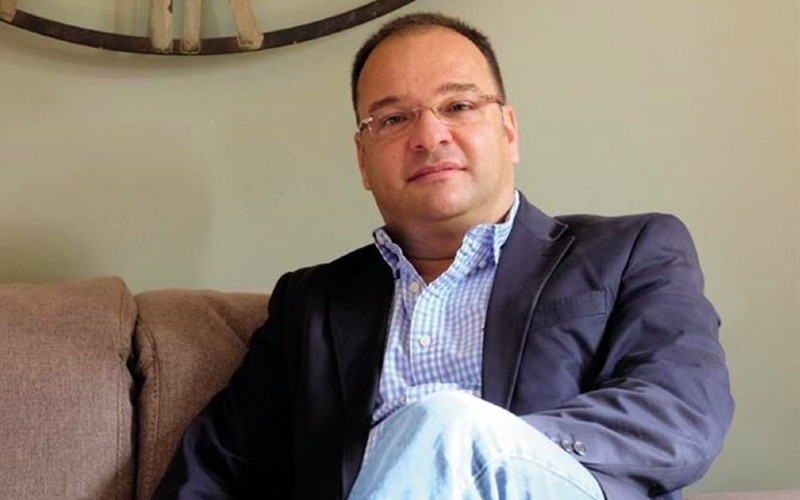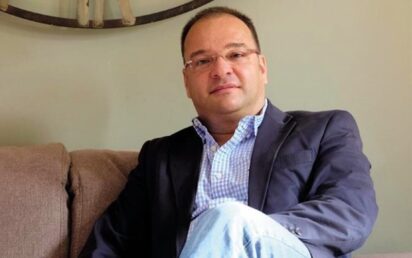So you’ve created the most innovative, intuitive and stylish product on the market. But what’s the point if no one is going to use it?
It is a situation Nedko Ivanov, CEO of haptic touch firm Aito, has observed first-hand.
“The biggest challenge in scaling a startup into a successful business is to displace the incumbent technology – and convince your customers that it is worth taking a punt with a company that may represent significant potential risk in terms of supply chain and financial viability,” he tells TechBlast.
“In my experience, to achieve that your product should be significantly better, not just a small percentage, to justify the risk involved. Once you prove yourself with one big customer, the rest will soon follow.
“Nevertheless, you should continue to innovate and improve your product offering since I have seen many examples where customers adopt a new technology in a high-end, low-volume product to test the adoption and that is all – it never ends up in a mass market product.”
Brings surfaces to life
Aito’s solutions are said to ‘bring surfaces to life’ in the consumer electronics market. Its integrated force-sensing and haptic feedback solutions can be applied in touchpads, keyboards, displays, plus AR/VR and gaming accessories.
The technology can also work with surfaces such as glass, wood and leather. The firm says this is especially important for the OEMs it serves as they are constantly looking for ways to limit the carbon footprint of products and seeking more sustainable solutions whilst offering innovative designs.
“Our business is already working with leading consumer technology brands, with first products already on the market in spring 2022, and we are seeing haptic touchpads come to the high-end laptop market this year,” Ivanov says. “We will see the technology adopted across the wider market over time.
“In 2021 we doubled our revenues compared to 2020 and, in 2022, are planning to quadruple it compared to 2021. Over the next three years we expect to continue this trend as our haptic solutions roll out to more products and customers.”
Following last year’s €4.1 million investment, Netherlands-based Aito raised a further €1m in February from the startup and scaleup team of Dutch banking giant Rabobank.
What’s the end-game?
He says the biggest mistake he has seen entrepreneurs make time and again is to try to do too many things without having an end-game in mind.
“I have seen businesses that decide to develop proof-of-concepts for automotive solutions where it takes many years to go to market and there is not much appetite for acquisition in that space – nor do they have as deep pockets as their counterparts in the consumer electronics market,” he explains.
Ivanov steered Redux, another haptic touch company, toward acquisition by Google in 2017.
He says getting a business acquisition-ready is “easier said than done”.
“But if I had to summarise it in a few sentences, I would say make sure that one, you have a good management team in place to guide you to success; and two, there are no skeletons hidden in the closet.
“Don’t lose sight of the end goal. Every decision you make will ultimately have a bearing on your potential exit. Beware of long-term commitments and exclusivity terms that may come back and bite you at the point of exit.
“Keep your IP in the company, even if third parties ask you to transfer the developed IP to them just because they paid for the PoC development work. This is a common misconception I have come across which is not relevant for deep tech business, where it takes multiple years and several millions of investment to develop the background IP that enables the development of the IP in the PoC.”
New adventure
This year the haptics market is expected to be worth $1.6 billion, growing to $4.6bn by 2026.
“I was attracted by the company’s premier technology in the market and the opportunity to alter the path of the PC industry by redefining the user experience from the trackpad that had been unchanged for the last 25 years,” continued Ivanov.
“I wanted to embark on a new adventure. Having operated in the consumer electronics space for 20+ years, I have seen first-hand the challenges laptop makers have in differentiating their portfolio from competitors.
“Clamshell laptops typically combine a display, a keyboard, and a trackpad, with few aspects that really distinguish models from competitors. Haptics has the power to change that.”


